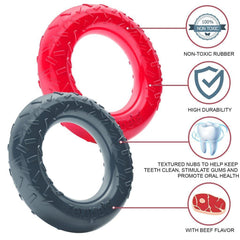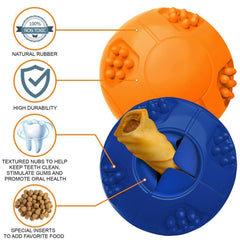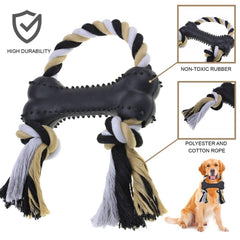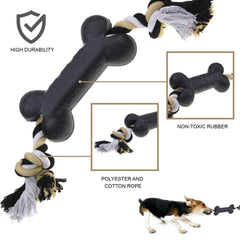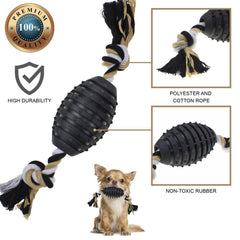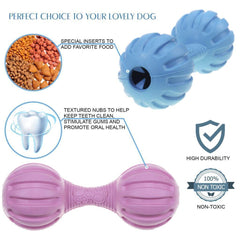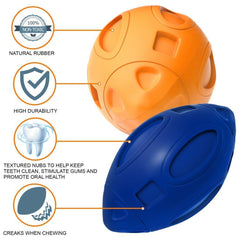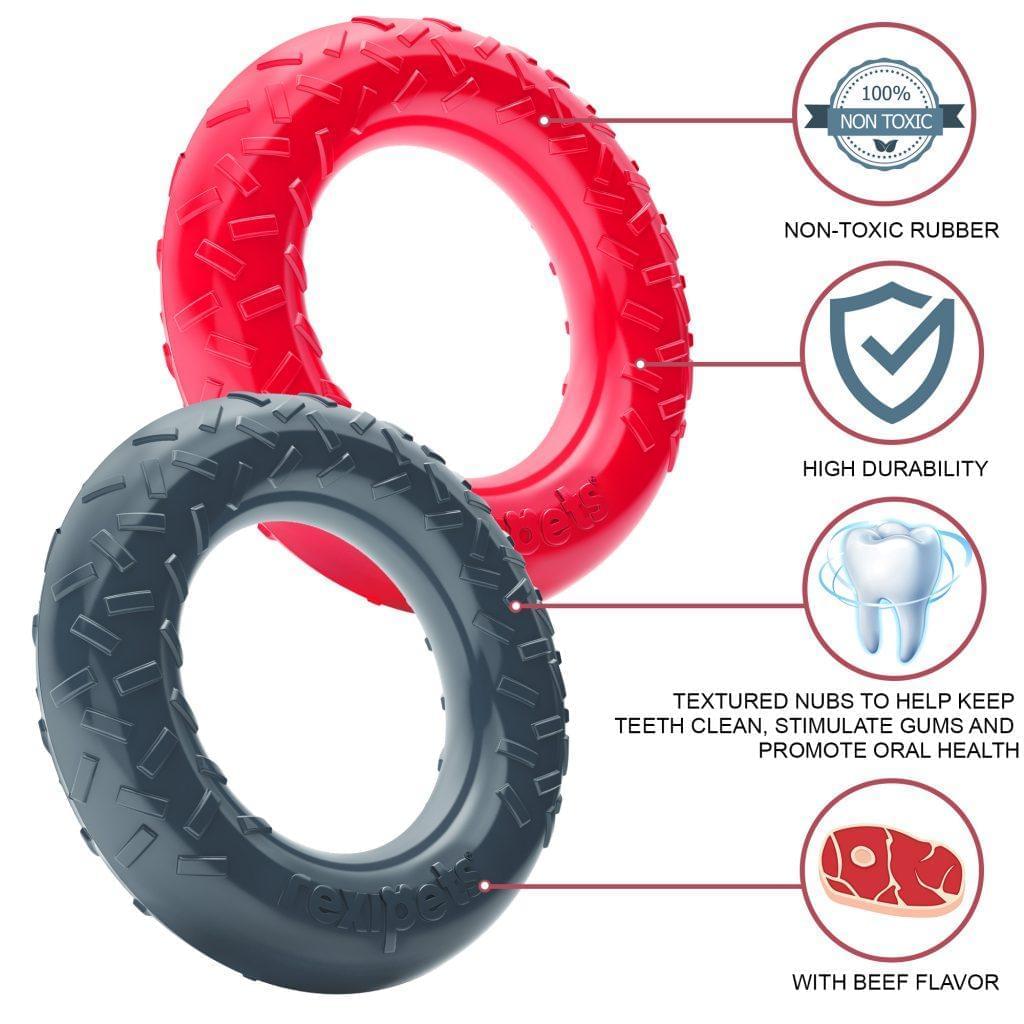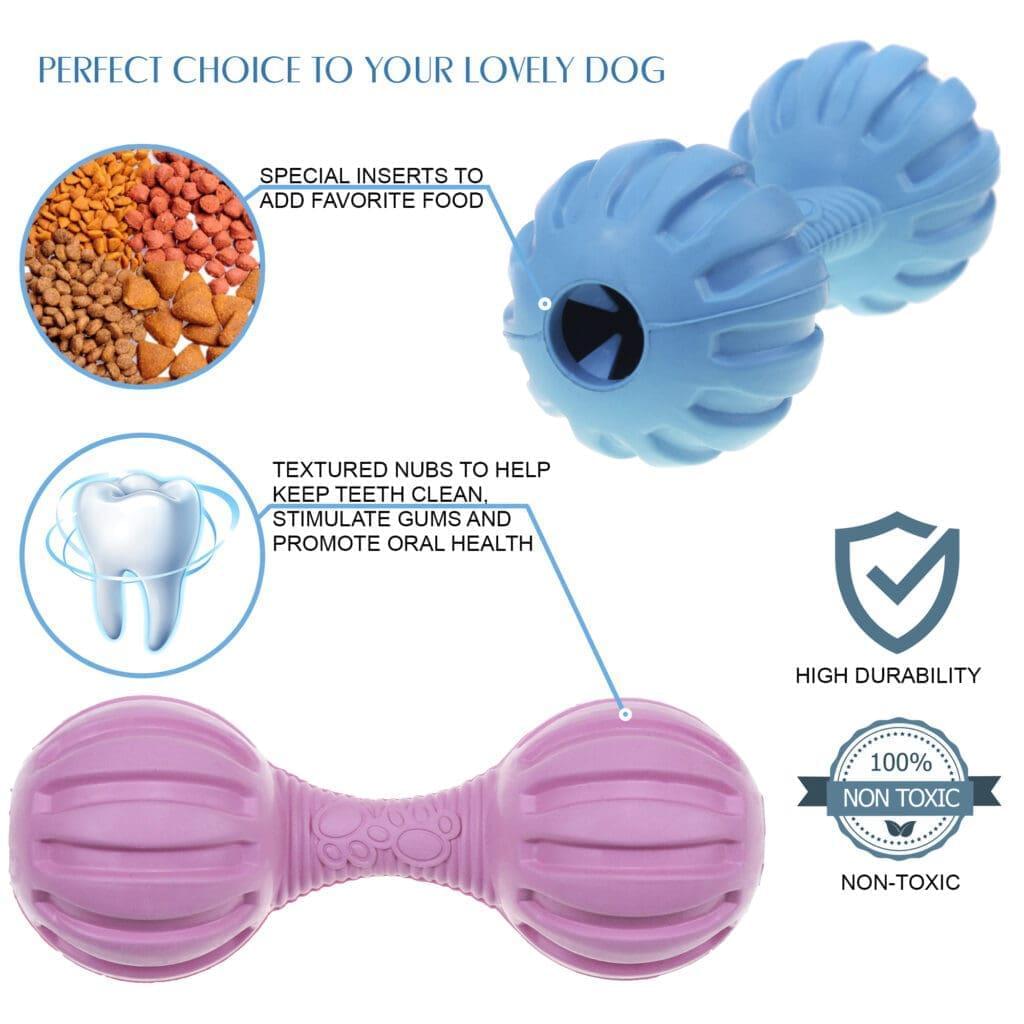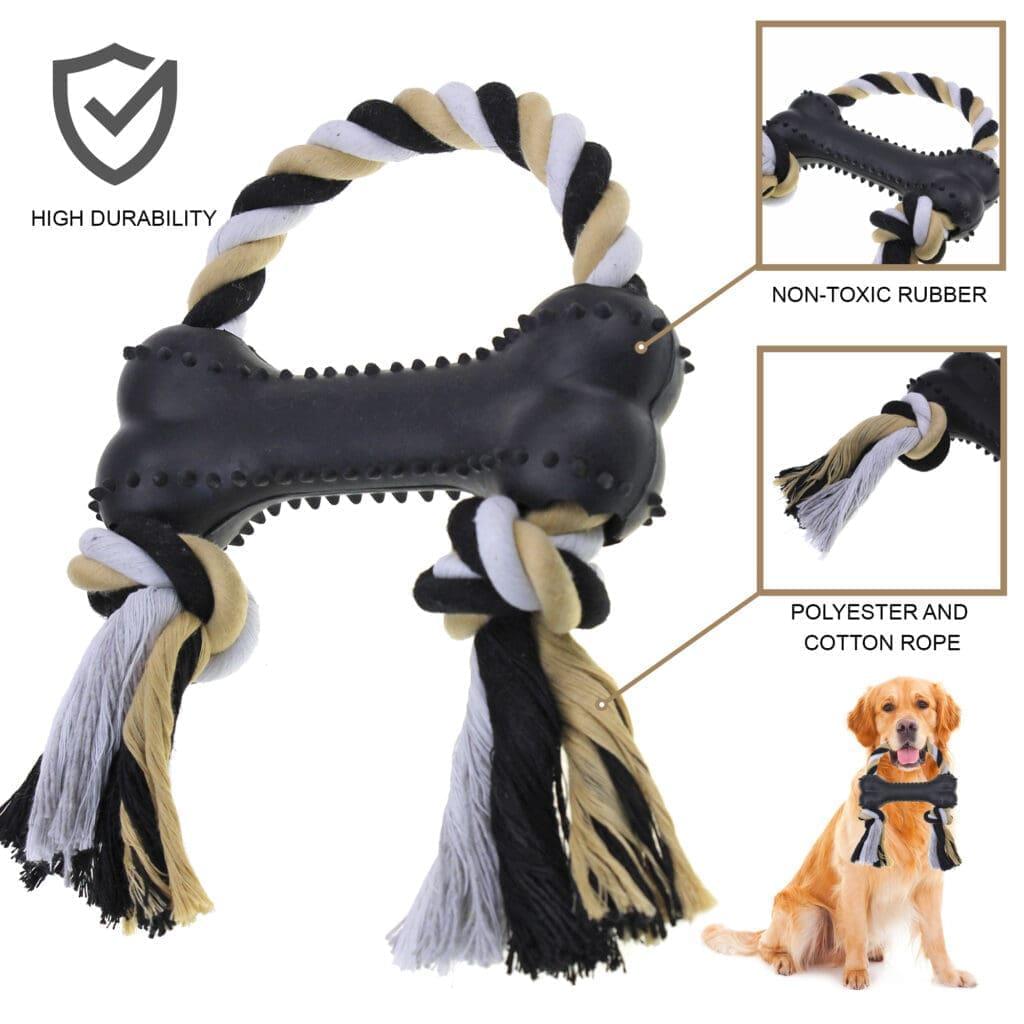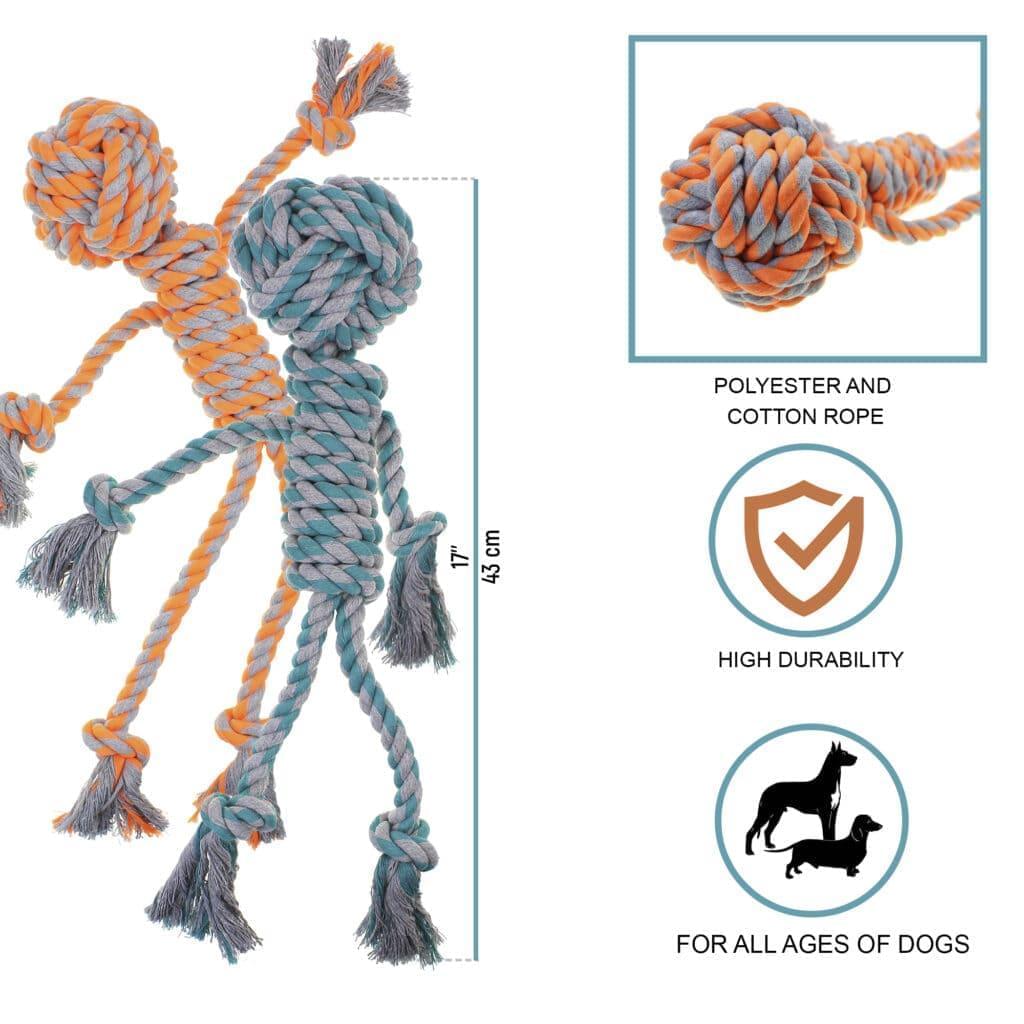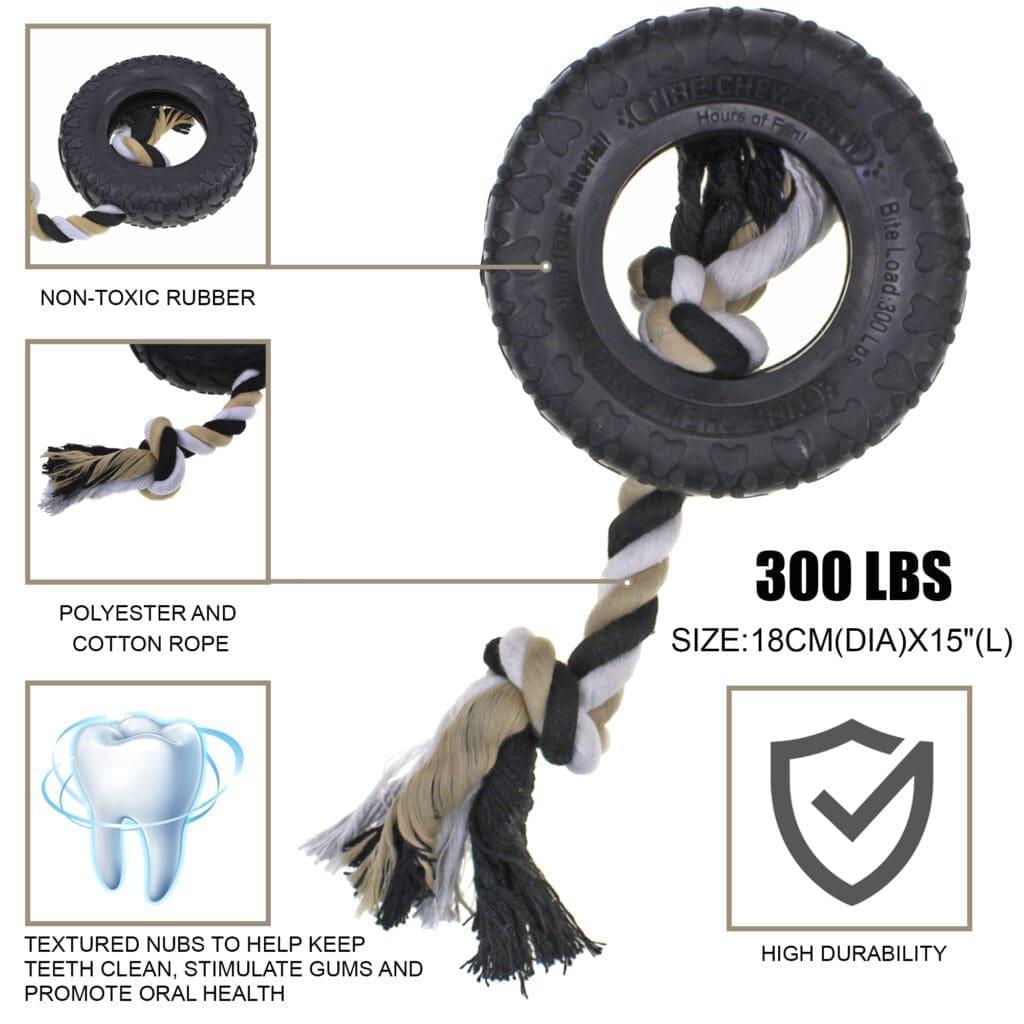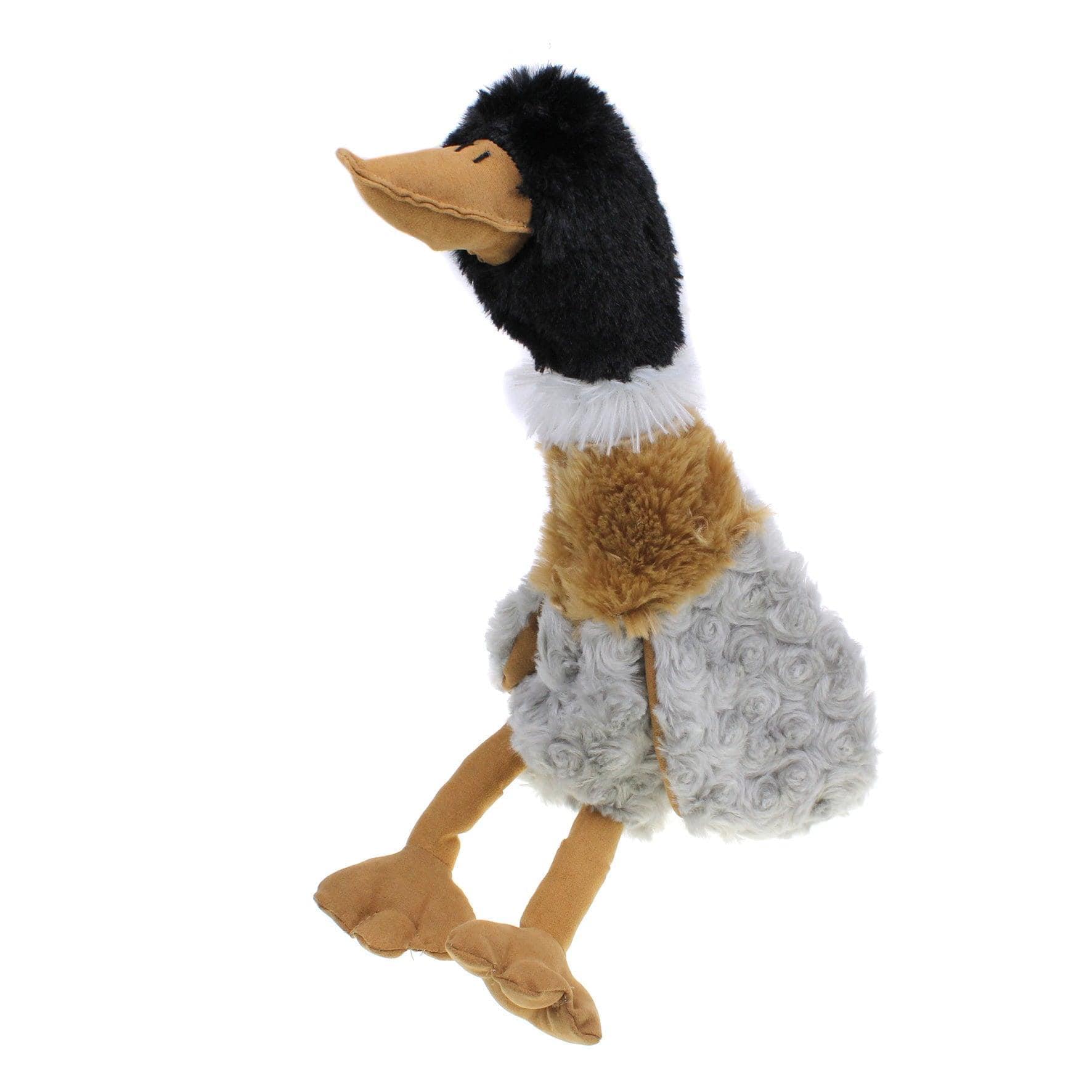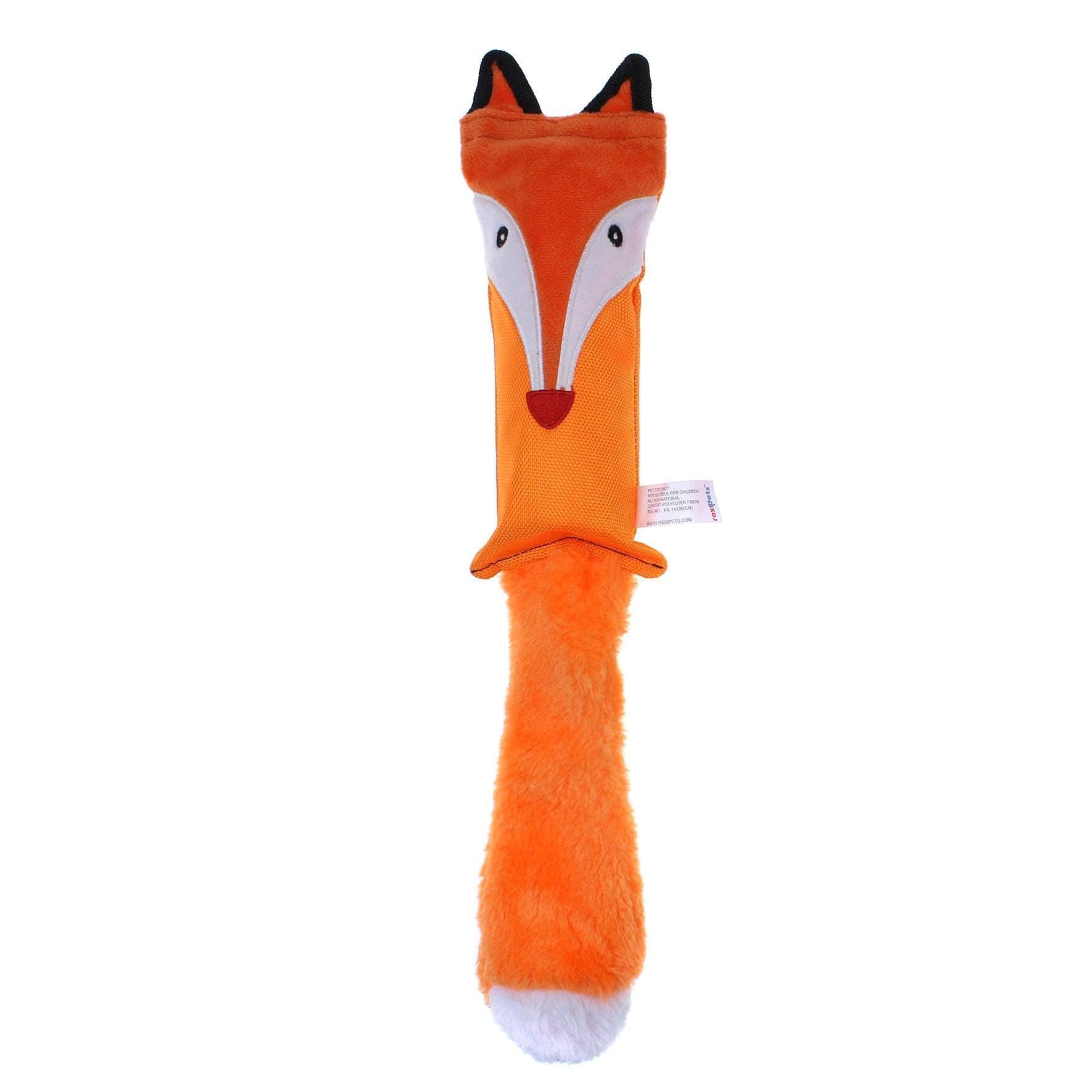
While giving your dog belly rubs, have you ever wondered about the little bumps on their bellies? They are nipples, and they can tell us interesting things about our furry friends.
But did you know there are differences between normal dog nipples and those of pregnant dogs? Well, even if you don't, there is nothing to worry about.
This article explores these differences in a simple and easy-to-understand way. Let's take a closer look at these intriguing body parts and learn more about our furry friend.
Overview of Dog Nipples
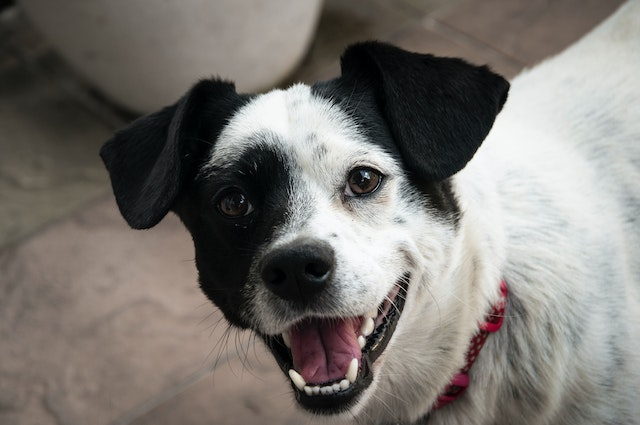
Dog nipples are small, often raised bumps or teat-like structures found on the belly area of both male dogs and female dogs. They are a natural and common part of a dog's anatomy. The number of nipples a dog has can vary depending on the breed.
But typically, there are six to ten nipples in female dogs and four to six in male dogs.
Your female dog’s changing nipples is a typical indicator that she is pregnant. This is usually shown 2-3 weeks after conception. The nipples start to look slightly bigger, pinker, and deeper in shade than normal. This is particularly true for the nipples nearest to your dog’s hind legs.
In female dogs, nipples play a crucial role in the reproductive process. During the early signs of pregnancy, they undergo changes to prepare for nursing the puppies.
As the pregnancy progresses, the nipples may become more prominent, slightly enlarged, and their color may darken. These changes occur due to hormonal fluctuations. And these are essential for milk production.
Male dogs' nipples serve no functional purpose in reproduction. They are present because of how all mammalian embryos develop, regardless of gender. In some cases, male dogs' nipples may be more noticeable or larger. Still, they usually remain inactive throughout most of their lives.
It is essential for dog owners to be familiar with their pet's normal nipple appearance to detect any unusual changes or abnormalities.
Suppose there are any sudden or concerning changes in a dog's nipples, such as swelling, discharge, or lumps. In that case, it is crucial to consult a veterinarian for a thorough examination and proper diagnosis.
Understanding the normal appearance and function of dog nipples can help pet owners monitor their dog's health and ensure their well-being throughout their lives.
Overview of Pregnant Dog Nipples

During a dog's pregnancy, the nipples undergo specific changes associated with the preparation for nursing the puppies. These nipple changes are considered normal and are part of the natural reproductive process.
Here's an overview of pregnant dog nipples:
-
Early pregnancy - 3 WEEKS IN
When a dog is 3-weeks pregnant, you may notice that the pregnant dog nipples start to undergo noticeable changes. Typically, a dog's nipples are flat and blend in with the surrounding skin. However, as the pregnancy progresses, the nipples will begin to appear rounded.
This change is due to the hormonal shifts occurring in the dog's body as it prepares for the upcoming motherhood.
The rounded shape of the nipples is an early indication that the mammary glands are starting to undergo development to produce milk for the puppies. It signifies the initial stages of preparing enlarged mammary glands for the nursing phase after the puppies are born.
As a responsible dog parent, it's essential to monitor your pregnant dog's nipples regularly during this time. Any sudden or significant changes, such as excessive swelling, redness, or signs of discomfort
,should be brought to your veterinarian's attention.Early detection following early signs of any potential issues can ensure proper care and support for both the pregnant dog and her developing litter. Remember to provide your pregnant dog with a comfortable and safe environment to rest and prepare for the exciting journey of motherhood ahead.
-
During pregnancy - 4 WEEKS IN
When you have a 4-weeks pregnant dog, you will start to notice further changes in her nipples. During this stage of pregnancy, there is an increased blood flow to the mammary glands, leading to slight swelling of the nipples.
As a result of this increased blood supply, the color of the nipples may also become pinker than their usual shade. These changes are part of the natural process of preparing the dog's body for nursing the developing puppies.
The swelling, enlarged nipples
,and pink coloration indicate that the mammary glands are becoming more active and are getting ready to produce milk to nourish the puppies after birth.While these changes are normal and expected, any excessive or sudden swelling, redness, or discomfort should promptly be reported to your veterinarian. Dog pregnancy at this stage requires proper prenatal care, along with a balanced diet and a comfortable environment.
This will help support the pregnant dog's health and ensure the well-being of both the mother and her growing litter.
-
Late pregnancy - 5 to 9 WEEKS
During the 5- to 9-week period of a dog's pregnancy, significant changes take place in her nipples, marking an essential phase of preparation for the upcoming birth and nursing of the puppies.
Between 5 and 7 weeks of pregnancy, the dog's nipples undergo noticeable alterations. They become more prominent and take on a darker hue. These changes result in increased blood flow and hormonal shifts. This indicates that the mammary glands are maturing to produce milk.
At this stage, you may observe that your dog starts shedding some of her belly hair. This natural process, "blowing her coat," is beneficial for the upcoming nursing phase. The reduced hair around the nipples makes it easier for the newborn puppies to locate and access their mother's nipples for milk.
Furthermore, as the pregnancy progresses, you might notice a cloudy fluid called "colostrum" leaking from your dog's nipples. Colostrum is the first milk produced by the dog's mammary glands, and it plays a crucial role in the early development and immunity of puppies. It is packed with all the essential nutrients and antibodies.
Thus, it provides vital support to newborns during their initial days of life.
-
After pregnancy
After a female dog gives birth to its puppies, she produces milk to nurse and care for them. This milk production stimulates her nipples, causing them to become larger and fuller.
As the mother dog moves around, you may observe her nipples hanging down due to the weight of the milk she's carrying. Throughout the nursing period, the nipples remain swollen and maintain a reddish or pinkish color.
As the puppies gradually wean off their mother's milk and begin eating solid food, the mother's nipples will slowly return to their normal size and appearance.
However, in some female dogs, the nipples may not fully shrink back to their pre-pregnancy size. Instead, they might remain slightly enlarged and more visible after nursing.
Normal Dog Nipples vs Pregnant

Pregnant dog nipples undergo significant changes to prepare for motherhood and nursing. When a dog is pregnant, her nipples get bigger and more noticeable.
As the pregnancy progresses, the color of the nipples deepens into a pinkish hue, and they may appear slightly swollen and protrude more than usual.
These changes are essential adaptations that enable the mammary glands to produce milk, which will be crucial for feeding and caring for the newborn puppiess after they are born.
Once the puppies arrive, the mother dog's nipples play a vital role in nursing and providing essential nutrients and antibodies to support the puppies' growth and immune system development.
Normal dog nipples, especially in male dogs, are not easily visible. They are typically flat and blend in with the surrounding skin color.
In non-pregnant and non-lactating female dogs, the nipples also remain inconspicuous and inactive. They serve only a significant function if the dog becomes a mother in the future.
The contrast between pregnant and normal dog nipples highlights the remarkable changes in a dog's body during pregnancy and motherhood.
Understanding these differences is crucial for pet owners to provide appropriate care and support during a dog's pregnancy and nursing phase. Proper attention and care for the mother dog's nipples ensure the well-being of both the mother and her precious puppies during this critical period of their lives.
Final Words!

Knowing the difference between regular dog nipples and those of a pregnant dog helps us understand more about how dogs' bodies work. Normal dog nipples are found in both male and female dogs and don't have any special role.
However, when a dog is pregnant, her nipples change. They become bigger and darker and prepare to make milk for the puppies. Paying attention to these changes is essential for caring for pregnant dogs and their growing families.
Understanding these differences can help us provide better care for our furry friends throughout their lives and the lives of their puppies.
FAQs
Can I tell a dog is pregnant by its nipples?
Determining if you have a pregnant dog solely based on their nipples is impossible. Nipples do not show any significant changes until several weeks into the pregnancy. By that time, other noticeable pregnancy symptoms are likely to be present. Therefore, relying solely on the appearance of nipples is not a reliable method to diagnose canine pregnancy. This can also increase the chances of false pregnancy.
Will my dog's nipples go back to normal after dog pregnancy?
After the nursing period, some female dogs' nipples may return to their pre-pregnancy size and appearance. However, in some cases, they may remain slightly enlarged and more noticeable, varying from dog to dog. These changes are generally not a cause for concern.
Are there any signs of nipple problems or infections I should watch out for in a pregnant or nursing dog?
Yes, signs of concern include redness, swelling, discharge, or heat around the nipples. Additionally, if the mother dog shows apparent signs of discomfort during nursing, such as growling or avoiding the puppies, it may indicate a problem. If you notice any unusual signs, consult a veterinarian for a thorough evaluation.








